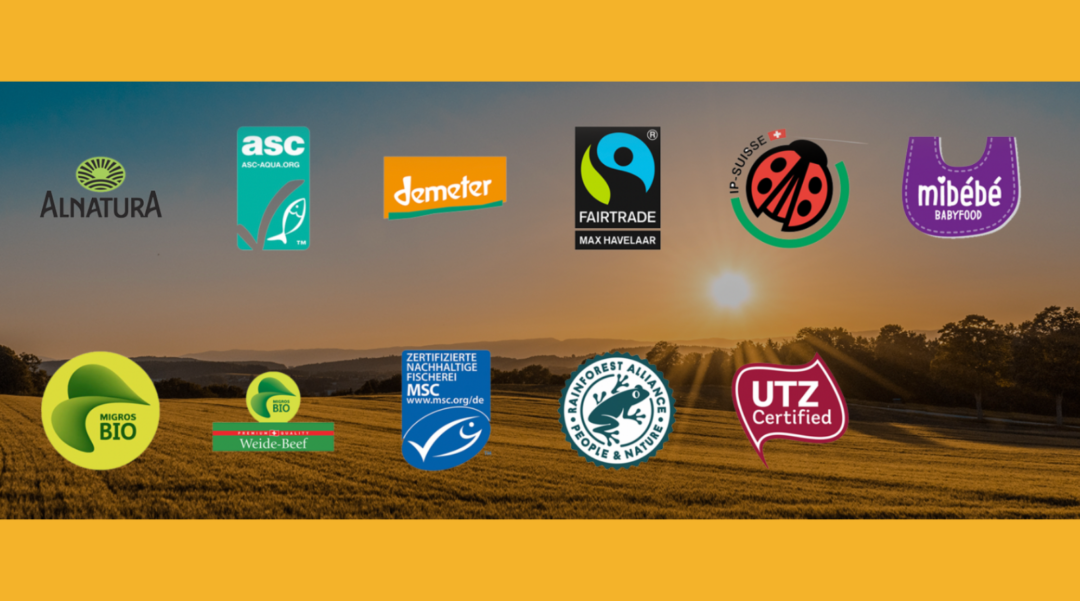The Issue – Designing fair markets
While price is the main mechanism for allocating goods and services in a free market economy, there are some situations where the price mechanism seems inappropriate. The sale of a particular good or service – human organs for transplantation, for example – might be considered too ‘repugnant’ by some to be legal. Or considerations such as fairness or politics may influence whether something can be legally bought and sold, such as public school and college places.
In these cases, a non-price driven market may need to be designed to match supply and demand and allocate resources efficiently. However, if the designers of such a ‘matching market’ are not careful they may leave the market open to manipulation by participants. This may defeat the purpose of the market and undermine confidence in this type of market solution.
Why it’s important
A specific example of this problem is school admissions. In several US states, policymakers have tried to design centralized allocation mechanisms to match public school places with parental preferences in a fair and efficient way. Unfortunately, in some highly publicized cases, it has proved possible to ‘game the system’ and manipulate these mechanisms. Usually this benefits a small number of participants who have sufficient information and understanding about the allocation system to take advantage.
And despite efforts to construct ‘tamper-proof’ mechanisms in an effort to restrict opportunities for manipulation and unfair advantage, it’s become clear that most mechanisms can still be manipulated under certain circumstances and to varying degrees.
What our professor has to say
Somouaoga Bonkoungou, researcher at HEC Lausanne and beneficiary of the Marie Curie grant, and his co-author Alexander Nesterov, from HSE University, St. Petersburg, make an important contribution to this topic in their paper ‘Incentives in Matching Markets‘.
Rather than trying to devise a tamper-proof mechanism they provide a way to compare different mechanisms and see which are at a relatively greater risk of being manipulated. To do this they focus on the agents involved (participants using the system).
“An agent can manipulate a mechanism if he can gain an advantage by lying about the information he provides, as opposed to telling the truth – assuming that others don’t lie,” Bonkoungou says. “We look at how many agents would be able to engage in such manipulation, assuming they had the necessary information and understanding. By adding up the number of agents that can manipulate a mechanism we get an indication of the potential for manipulation.”
Conclusion
Bonkoungou and Nesterov’s innovative approach builds on previous work to provide a new method for evaluating the design of certain types of matching market mechanisms. It is an additional tool that policymakers can use for guidance allowing them to compare and rank market mechanisms for school admissions, based on how open to manipulation they are. It is also a useful device for improving the fair allocation of resources in other matching markets.
Further information about Somouaoga Bonkoungou’s research: https://sites.google.com/view/somouaoga/research
Note: Somouaoga’s work in this project has received funding from the European Union’s Horizon 2020 Individual Fellowship under the Marie Sklodowska-Curie grant agreement No 890648. This grant is a post-doctoral fellowship funded by the European Commission which allows a researcher to complete a 2-year research project in the academic institution of his/her choice, under the supervision of a professor (in this ca




